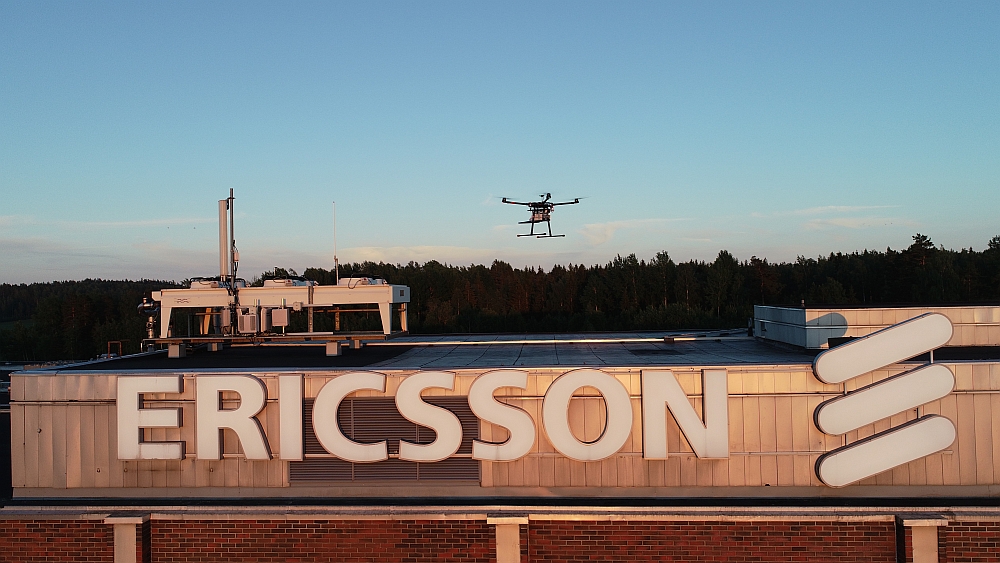- Ericsson developed a solution to verify the coverage, performance and operation of a 5G standard mobile telecommunications network using a drone with Rohde & Schwarz test solutions.
- This solution is the result of a collaboration between Ericsson, Rohde & Schwarz, the University of Tampere and Centria University of Applied Sciences. This project is part of Business Finland’s 5G Force programme.
The deployment of mobile telecommunications technologies with the 5G NR standard promises new services via cellular networks for consumers, public authorities and industry. However, the verification of the coverage, performance and operation of such networks must be carried out with greater precision and accessibility than usual field tests.
A Finnish team from Ericsson has developed in collaboration with Centria University of Applied Sciences an innovative system for testing the coverage of mobile cellular networks. This system includes Rohde & Schwarz mobile network test scanners and smartphones on a drone.
This flying device can be configured to automatically perform automatic test campaigns. In particular, it is possible to define a precise route and control the speed of the drone. This solution can also be deployed to evaluate scenarios for the use of 5G NR telecommunications in industrial environments.
Installed on a drone, the Rohde & Schwarz TSMA6 network scanner simultaneously checks various indicators of radio coverage of the LTE and 5G NR communication network, such as RSRP (reference signal received power) and SINR (signal-to-interference-plus-noise ratio) values according to 3GPP standards.
By using the IP tracking functionality of Rohde & Schwarz’s QualiPoc Android smartphone optimization tool together, it is possible to obtain QoS indicators of the application, such as the parameters of the service cell. The solution currently uses LTE user equipment. Future developments will offer the possibility to use 5G user equipment (phones) such as the Samsung S10 5G.
About twenty flights were carried out during the test campaign. They validated the procedure, the reproducibility of the tests and the accuracy of the positioning. This solution also provides the ability to verify beam formation and 3D map coverage. Different test scenarios were implemented, varying in terms of duration, flight altitude and itinerary.
This solution offers new perspectives to ensure adequate quality of service (QoS) for end users of 5G communication services in complex scenarios. Future developments will focus on testing critical 5G applications in the field of public safety and machine-to-machine communications (part of the technological concepts of Industry 4.0), extending the frequency to millimetre waves (mmWave) and testing in urban environments.






